16. Octopussy (1983)
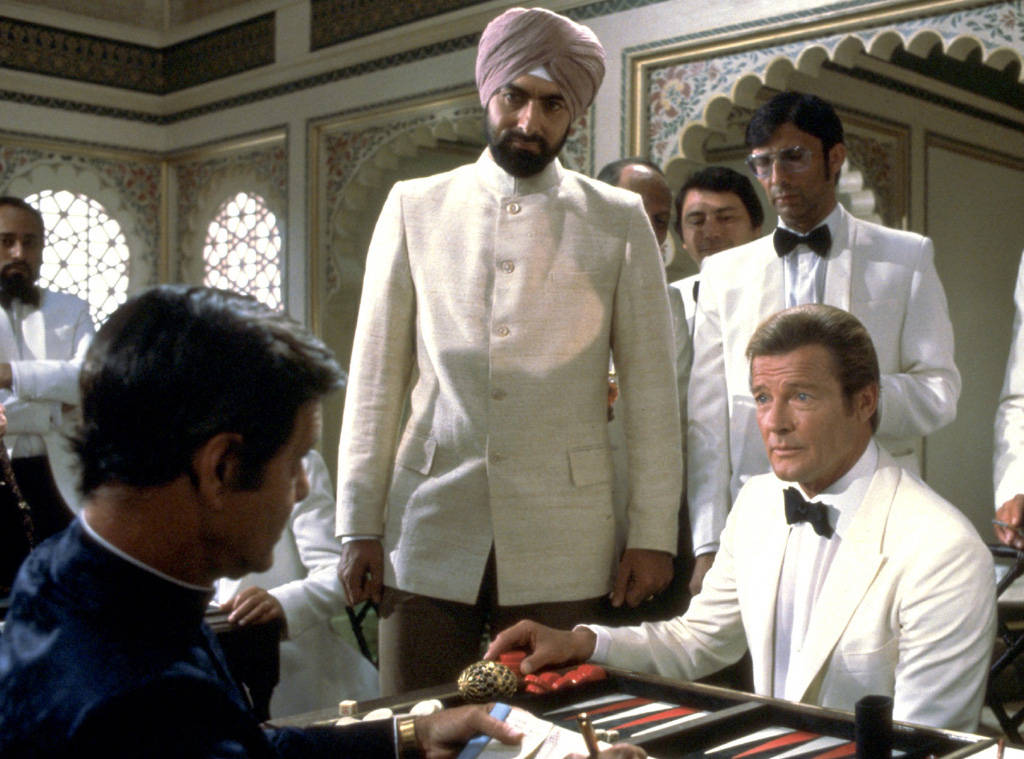
After For Your Eyes Only, Roger Moore was ready to retire. It’s quite possible that, had it not been for Sean Connery’s agreement to star in the rival production of Never Say Never Again, he would have hung up his Walther PPK and we would have seen Timothy Dalton in Octopussy. The producers wanted Moore back on board to combat Connery’s box office draw, however, and he stayed on for two more films.
There’s a very good film inside the idea of Octopussy. The villains’ devious plan would have been uncomfortably realistic at the time and still is a possibility to this day. It has a serious, grown up tone throughout and Roger Moore is on fine form throughout, Louis Jourdan making a great foil in his portrayal of Kamal Khan.
The locations are exotic and interesting (especially the beautiful floating place in Udaipur) and there are some great action set pieces such the fight on the wing of a plane and fighting with fists and knives. It’s such a shame that this is derailed by some serious missteps.
The serious tone is undermined by putting Bond in a fake crocodile, dressing him up as a gorilla, making him swing through the trees giving a Tarzan yell and then putting him in a clown costume at the end. Steven Berkoff’s performance is also hit and miss. Some have called him the worst Bond villain ever and, though I would hesitate to say that, I do think that a more cold, understated approach from him would have lent a great deal more gravitas to the film.
15. Spectre (2015)
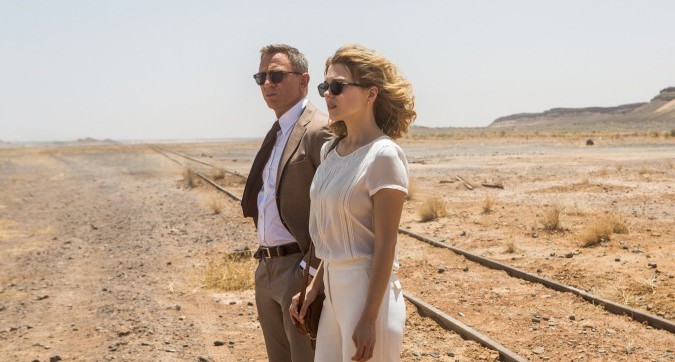
Following on from the immense critical acclaim that was received by its predecessor, Skyfall, was always going to be a tall order. Sam Mendes turned in a very good entry in the series that came in for quite a lot of flak upon its release.
The criticisms are plain and, in some regards, fair. The film has a very self-aware feeling about it and tries to recapture the best aspects of each entry in the series before it. Unfortunately, trying to mix the humour of Roger Moore with the hard-edged Bourne sensibilities of Craig’s first outings does not always come off.
There is also the poor handling of Chistoph Waltz’s villain which backfires in spectacular fashion in the same way as Benedict Cumberbatch’s big reveal in Star trek Into Darkness the previous year. This has all been said before, but in a film called Spectre, everyone knew who the villain was actually going to be. The ham-handed efforts to conceal this come across as just that. Having said all this, the film is very good in parts.
The opening scene is a masterpiece of single-shot tracking and there are more wonderful examples of cinematography throughout the film. Daniel Craig owns the role of Bond in this film and there is also a brilliant opportunity for Ben Whishaw to get involved as Q.
Not since Desmond Llewellyn took an impromptu vacation to Isthmus City has Q been given such a prominent role. Whishaw has successfully rebooted Q and also shines here. There is a suitable brutal fight on a train which is very entertaining if not on the same level as Connery and Shaw in From Russia With Love. All in all, Spectre sits in the middle ground of the Bond series.
14. For Your Eyes Only (1981)
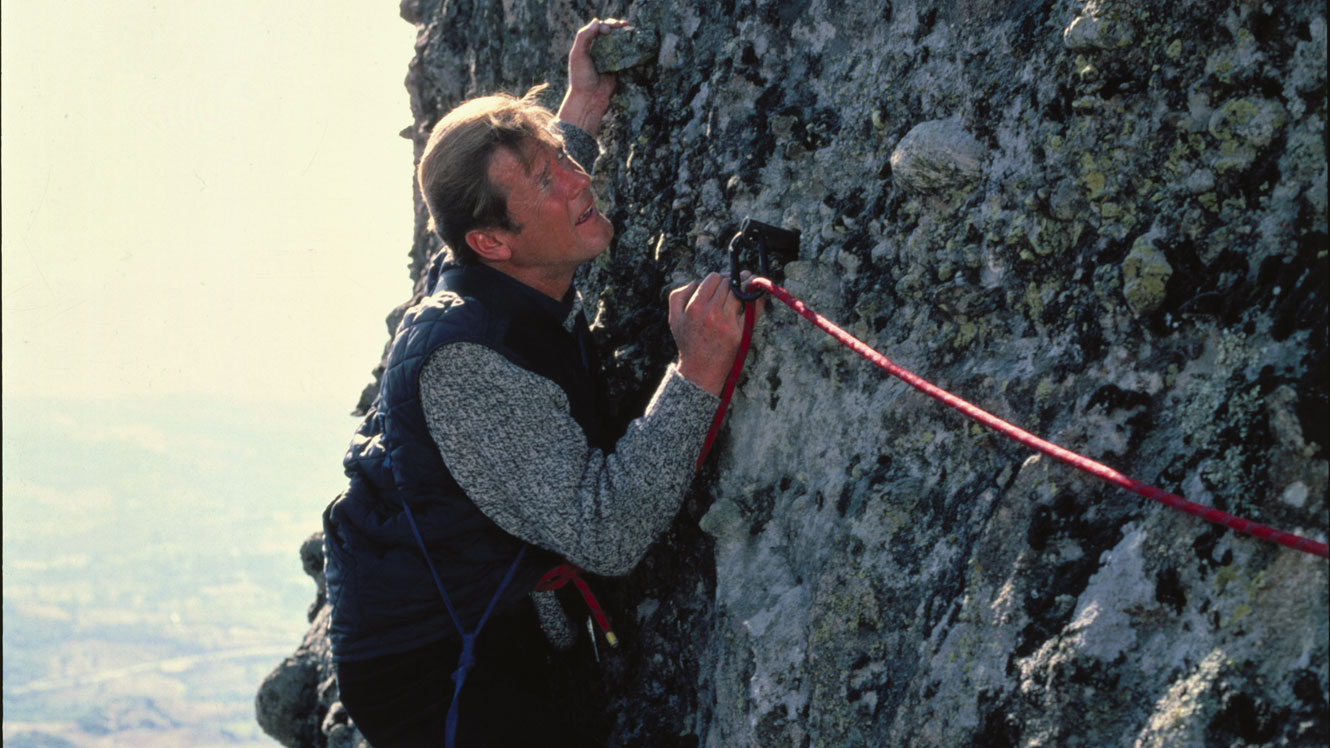
After Moonraker, the Bond universe came back down to Earth with a bump. From the shameless excesses of Rio and the Amazon, things got a lot more gritty. Space shuttles and Lotus cars were replaced by Citroen 2CVs and climbing ropes.
The result is very refreshing. Moore seems a lot more at home in this environment, sparring with smugglers and biathletes. There is a genuinely nasty villain in the shape of Julian Glover’s Kristatos and a sympathetic female lead who has a genuine backstory, abilities and desires of her own. Topol is on great form as the sympathetic smuggler.
On top of this, there are some great pieces of action including a very nervous climbing sequence and a great ski chase. There are also some genuine moments that give Moore a chance to show a hard edge. When he tosses the pin to Locque and then kicks his car off the cliff, that’s a defining moment for the character and a great emotional payoff.
Of course, all is not rosy in the garden and that is why this entry does not find itself in a loftier position. Behind all the good things this film does, there is a shrill voice calling out, “I wanna win the gold medal!” This unfortunate aside comes close to ruining an otherwise great film. One can be grateful, however, that the production team and probably Moore saw sense and kept Bibi from actually getting what she wanted out of the much older Bond.
13. Goldeneye (1995)
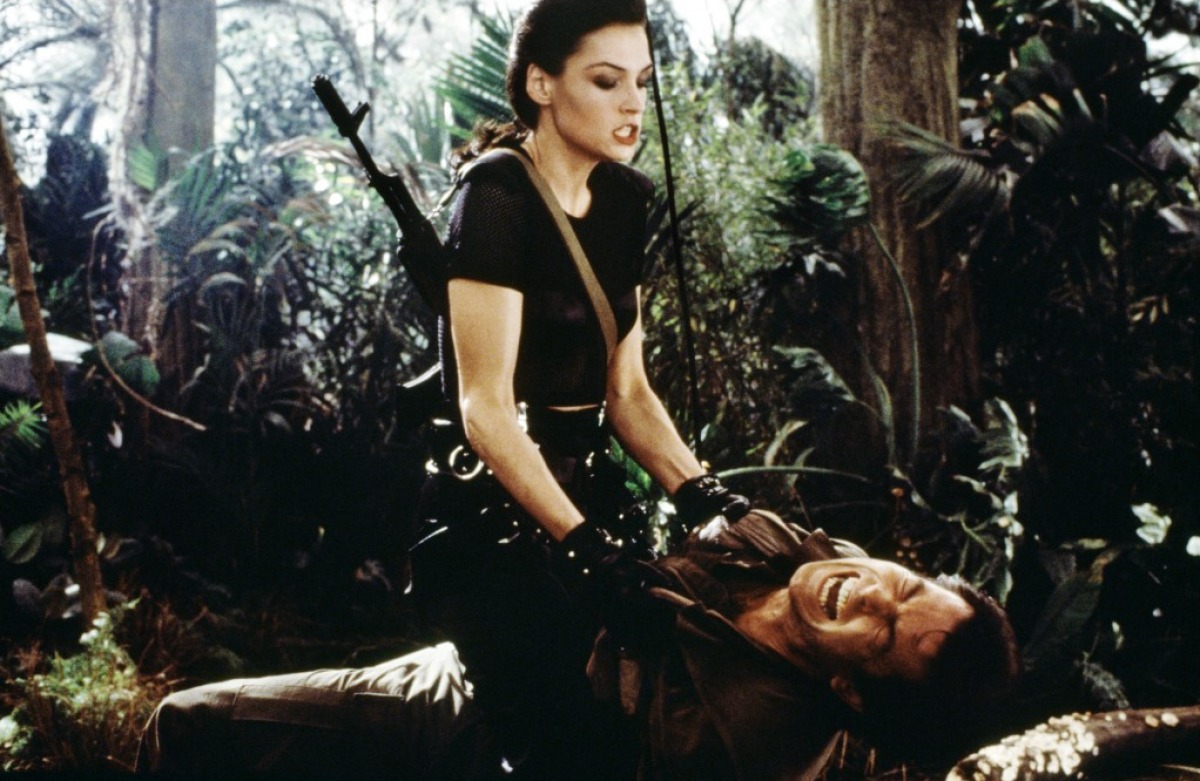
Six years after Timothy Dalton’s last outing as Bond, Pierce Brosnan was finally able to take up the role he had coveted for so long. The return of Bond after his longest absence since the beginning of the series was highly anticipated and fans were thrilled with the opening sequence involving a spectacular bungee jump off a dam. Brosnan found his way in the role expertly and all the requisite features were there to make this a very enjoyable adventure.
This was augmented by giving him a mirror image antagonist in the form of Sean Bean’s vengeful 006. The political landscape of the world had changed dramatically even in the six year hiatus since License To Kill and some felt that the characters was best left in the past. The producers chose to combat this by going back to basics with the character and making a few key changes to update things.
One of their masterstrokes was casting a woman in the role of ‘M’. Judi Dench took on the challenge superbly and immediately set out her stall to provide just as memorable a portrayal as Bernard Lee had for many years before. Alarm bells may have rung for some when the trademark Aston Martin was replaced by a BMW, but the transition of the character into this new age was so successful that the results could not be denied.
The biggest success of the film is in building a bridge between two ages of Bond. The drawbacks of the film are largely to do with its pacing: it can feel quite padded in the middle. This doesn’t detract from the overall success of it though. It’s an adventure with wit, charm and heart.
12. You Only Live Twice (1967)
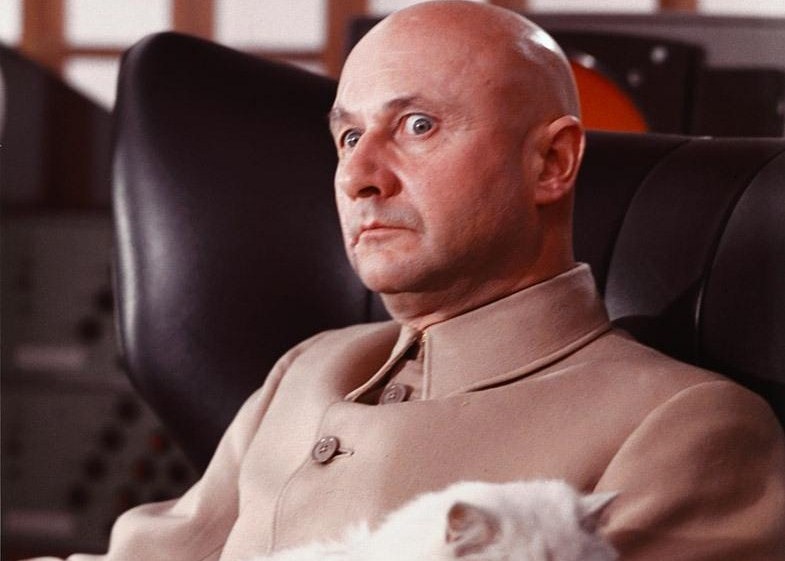
Spaceships that eat other spaceships, Donald Pleasance’s Blofeld, piranha fish, Bond becoming a ninja within about a week: what’s not to love about this film? Where Moonraker failed, You Only Live Twice succeeds in spades by turning everything up to the maximum. Mike Myers’ creation of Dr Evil has effectively made this as impossible to watch with a straight face as the Abrahams/Zucker film Airplane! did for Arthur Haley’s Airport movies. Truly, that detracts from what is a wonderful adventure.
The film has come in for criticism in terms of racial stereotyping and Bond’s ‘transformation’ into a Japanese man. This does not take into account that the film spends the majority of its time in one country unlike other Bond films and invests a lot of its running time in delving into Japanese culture.
There are some unfortunate aspects, to be sure, however Fleming’s original novel explored the culture of Japan in great detail and the film is not afraid to either, including a very lengthy Japanese wedding scene that would, in today’s blockbuster stakes, have found itself on the cutting room floor.
Bond’s assistance from Japanese secret services comes in the form of Tiger Tanaka and Aki who are both well-developed supporting players. Overall, You Only Live Twice is a fun-filled romp with great sets, a wonderful villain and one of John Barry’s best scores. Nancy Sinatra’s theme is one of the best of the bunch too, making this a pleasure to revisit.
11. Tomorrow Never Dies (1997)
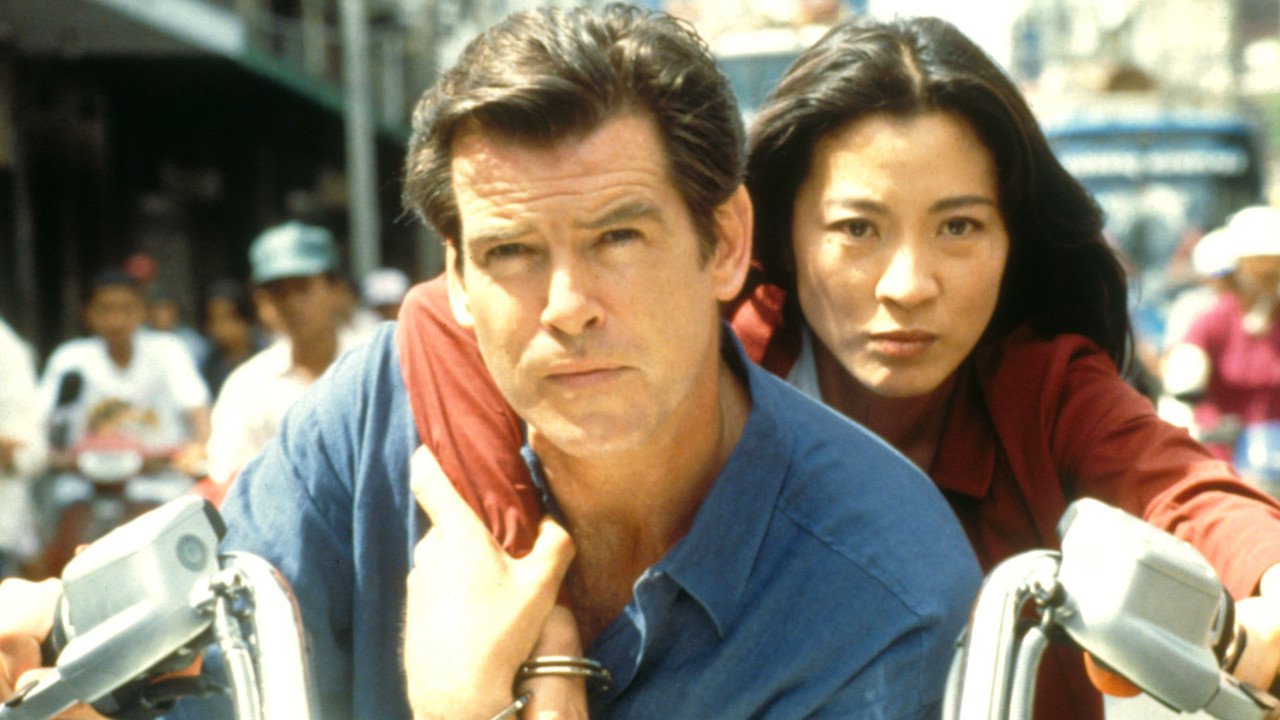
Pierce Brosnan’s second film tends to be slightly overlooked in the pantheon of Bond films. It’s a real shame as it has loads and loads to offer. The opening White Knight scene gets it off to a flying start and there are other great action sequences, scored brilliantly by David Arnold. Backseat Driver is a particularly thrilling piece in which Bond drives his BMW blind.
The central villain, played by Jonathan Pryce is a classic Bond adversary and has all the smarm and self-assuredness to carry it off very well indeed. His character was based on media mogul Robert Maxwell. Michelle Yeoh is also a standout in the film; a Bond girl who is particularly resourceful and deadly. She succeeds where the Halle Berry character in Die Another Day does not.
There was something of a backlash regarding Teri Hatcher’s role in the film but, in all honesty, she does her job well and is an interesting glimpse behind Bond’s shell. There is a genuine moment of pathos as Bond cradles her lifeless body and this is up there with the climax of On Her Majesty’s Secret Service in this regard. All in all, this is a great film with lots of action, laughs and a plot that is worthy of attention in the current ‘fake news’ climate.
10. The Living Daylights (1987)
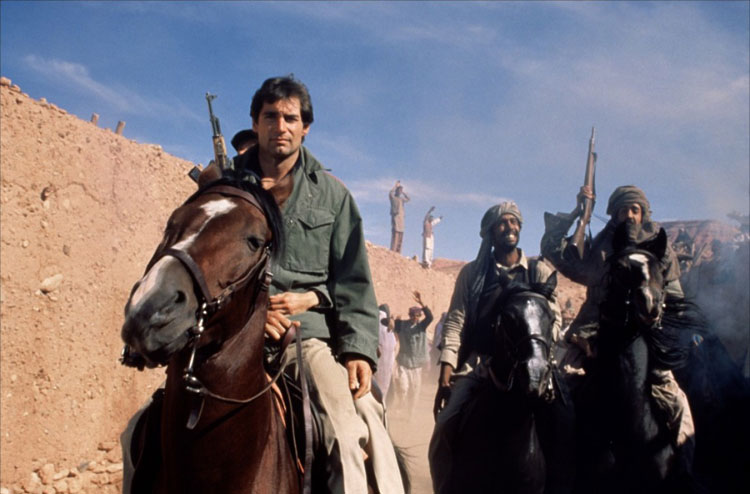
Timothy Dalton was not an immediate choice to replace Roger Moore in the franchise. The producers were much keener on tying Pierce Brosnan to the role, along with the strong possibility of Sam Neill taking it on at one stage. Dalton was eventually given the part, largely due to Brosnan’s scheduling conflicts, and The Living Daylights started filming.
The film marks a much more down to Earth feeling after the excesses of a large part of the Moore era. There is an old-fashioned defection plotline along with the framing of a Russian general in order to set him up for assassination.
All this is the machination of an ambitious arms dealer. Dalton makes a fine Bond, having a hard edge and a feeling of humanity behind it. He was criticised for his lack of humour in the film but it doesn’t help that most of his attempted quips are interrupted by some looming catastrophe such as when he finally kills Necros, the KGB killer. He returns to the cockpit and is halfway into his one liner when he notices that they’re about to crash into something.
On the subject of Necros, there is a particularly pleasing fight sequence in the film involving the bleach blond assassin and a random British agent in the kitchen. This is a very realistic and harrowing scene where everything from electric carving knives, pots of boiling water and a stove are used as impromptu weapons.
It’s very satisfying that the producers were willing to devote this much time to a fight not including the protagonist. This is a proper story with a sympathetic Bond; it is very well made with a fantastic score, the last work that John Barry did on the series, and is richly deserving of its place in the top ten.
9. Skyfall (2012)
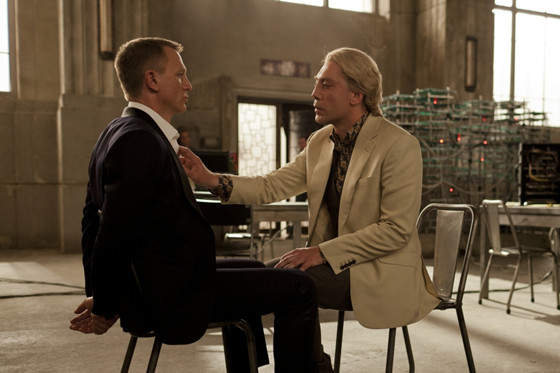
Director Sam Medes took the helm for the follow up to the disappointing Quantum of Solace. The result was a classy film that made full use of its excellent cast and succeeded in making subtle references to what had gone before without ever veering into unnecessary territory.
The cinematography is excellent across a wide range of locations from the Far East to the wilds of Scotland, including a fantastically lit fight scene in a high-rise building. Judi Dench shines as a besieged ‘M’ and we see a world-weary, out of shape Bond have to face up to the ravages that age and his work has wrought upon his body.
As in Die Another Day, we get a glimpse of a James Bond who has been abandoned by his country and is in danger of becoming obsolete. Javier Bardem offers a brilliant villain, albeit with a highly convoluted plan for revenge which relies on a baffling set of coincidences. The best thing about Skyfall, however, is how it strips away all the glitz and glamour for the final act, pitting the hero against his enemies in decidedly lowly surroundings.
Unfair comparisons have been made with Home Alone and these do not do justice to the brilliance of its execution. The film was greeted with overwhelmingly positive reviews and it has a complexity to it that is lacking in some of the others. Characterisation is given just as much importance as action and that adds something to the stakes of the film.